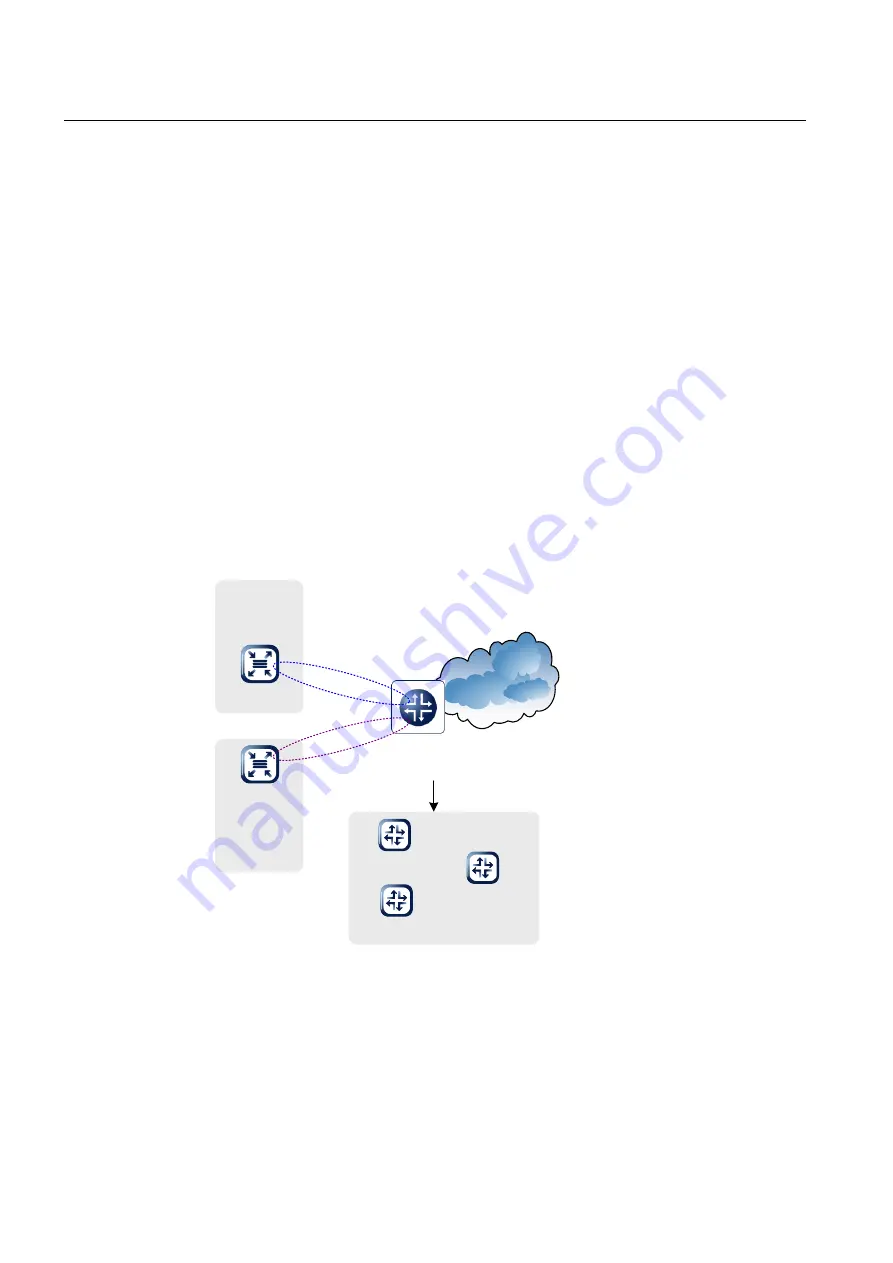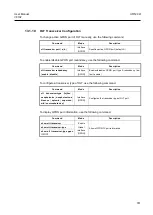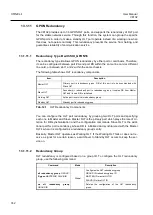
UMN:CLI
User Manual
V8102
728
12.7
Virtual Routing and Forwarding (VRF)
Virtual Routing and Forwarding (VRF) is a feature that enables multiple instances of rout-
ing table within the single router at the same time. Since the routing tables are independ-
ent, the private IP address can be used without the confliction. In general it is utilized for
VPN service to provide separate routing table for each customer
’s network.
Virtual Private Networks (VPN) provides a secure way for customers to share the band-
width over a common backbone network. Each VPN requires its own routing table called
VRF table. Supporting multiple VRF tables allow a switch to support multiple VPNs,
where IP addresses can be overlapped among the VPNs. VRF forms virtual packet for-
warding/routing tables by associating one or more Layer 3 interfaces with a given VRF
table. Based on the input L3 interface, a VRF ID is obtained, which is used to access the
VRF table.
Provider Equipment (PE) routers maintain virtual routing tables which are per-site for-
warding tables. Every site to which the PE router is attached is associated with one of
these tables. A particular packet's IP destination address is looked up in a particular virtu-
al routing table only if that packet has arrived directly from a site that is associated with
that table. The PE router maintains a separate forwarding environment and a separate
forwarding table for each VPN in a PE-based VPN approach.
PSN
Provider
Equipment (PE)
Global I P
routing table
VRF routing table
for VPN A
VRF routing table
for VPN B
Customer
Equipment
VPN B
Site 1
Customer
Equipment
VPN A
Site 1
Fig. 12.1
Virtual Routing Concept
















































